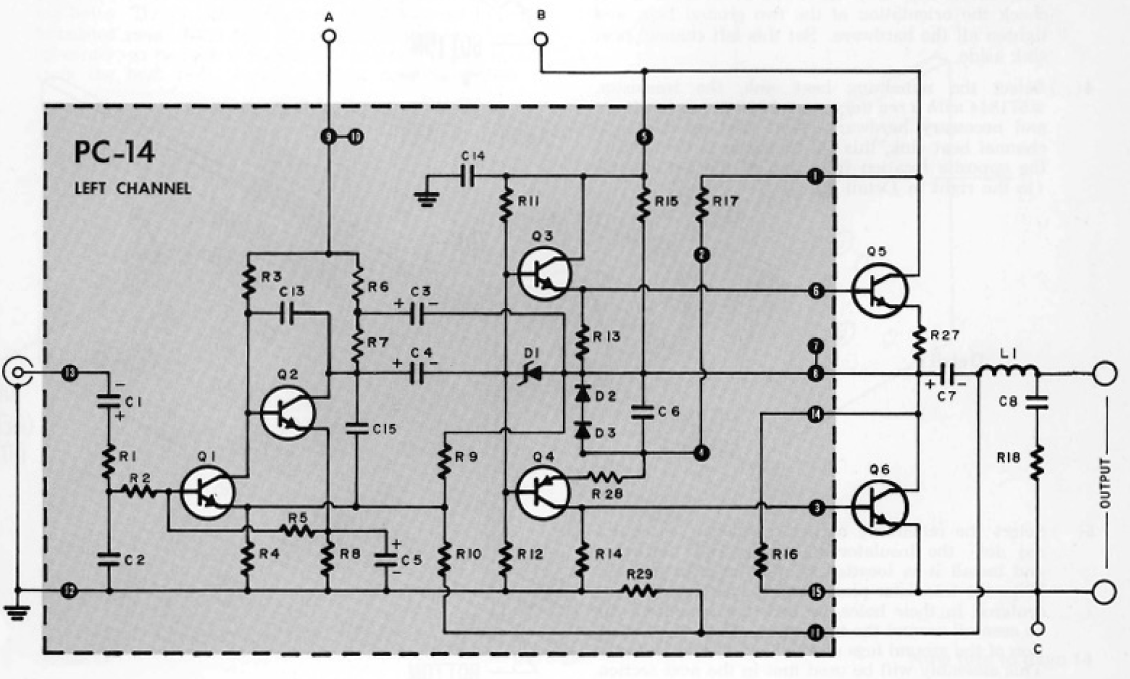This posts aims to get opinions about why solid-state audio amplifier circuits are almost invariably much more complex than valve/tube amplifier circuits.
One could think that, if a good tube circuit is just redone, susbtituting each tube by a transistor (common cathode by a common emitter/source; cathode follower by a emitter/source-follower, and so on), adjusting the bias (obviosuly, much lower voltages, higher currents), the end result should be fine.
But the reality is that even the simplest audio amplifier is much more complex. The input stage is, most times, a non-trivial differential ampliffier (long-tail pair) a current source and a current mirror. At least not as trivial as a single cathode bias preamp tube. Then the voltage gain stage is not usually a single transistor, but two, and sometimes many of them. Usgin tube, you can just chain two common cathode stages; simple.
Only the output stages are a similar (at least class A, B and AB, which is what I know).
I know that tubes and transistors are completely different beasts. I know most of their differences. But I wonder if the disparity in their circuits complexity is just due to the fact that solid-state has evolved, or just that transistors need to do things in a more complex way.
What do you guys think about this?
One could think that, if a good tube circuit is just redone, susbtituting each tube by a transistor (common cathode by a common emitter/source; cathode follower by a emitter/source-follower, and so on), adjusting the bias (obviosuly, much lower voltages, higher currents), the end result should be fine.
But the reality is that even the simplest audio amplifier is much more complex. The input stage is, most times, a non-trivial differential ampliffier (long-tail pair) a current source and a current mirror. At least not as trivial as a single cathode bias preamp tube. Then the voltage gain stage is not usually a single transistor, but two, and sometimes many of them. Usgin tube, you can just chain two common cathode stages; simple.
Only the output stages are a similar (at least class A, B and AB, which is what I know).
I know that tubes and transistors are completely different beasts. I know most of their differences. But I wonder if the disparity in their circuits complexity is just due to the fact that solid-state has evolved, or just that transistors need to do things in a more complex way.
What do you guys think about this?

 ) the signal as it is amplified and keep it all within a space/weight limitation so as to not require a dolly to move the amp around.
) the signal as it is amplified and keep it all within a space/weight limitation so as to not require a dolly to move the amp around.
